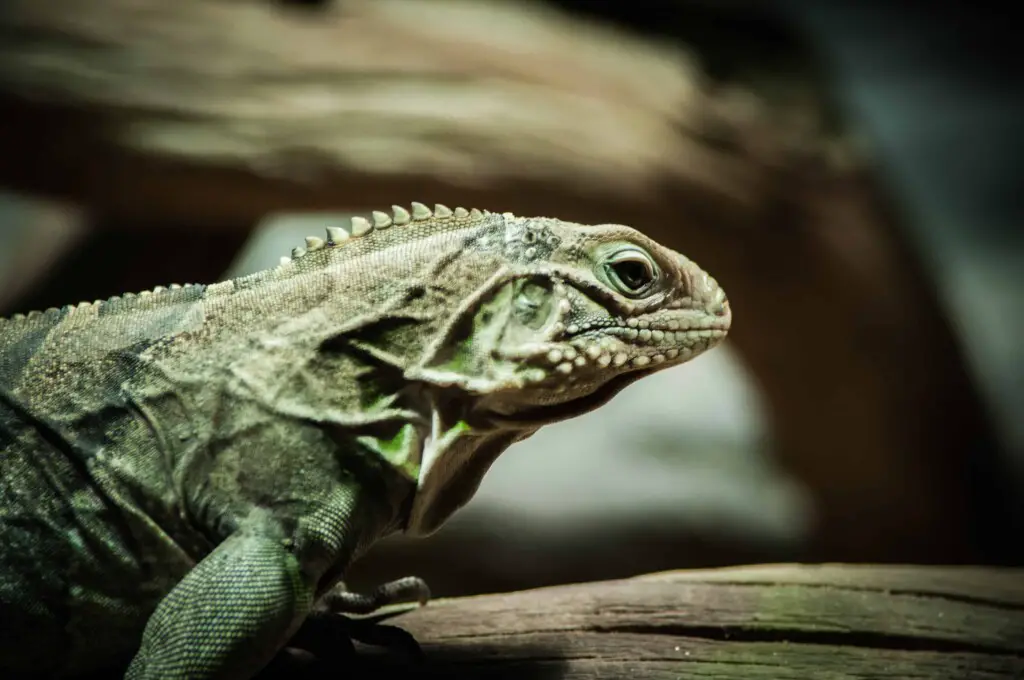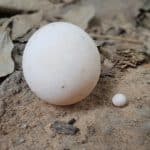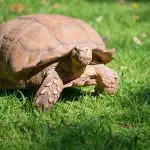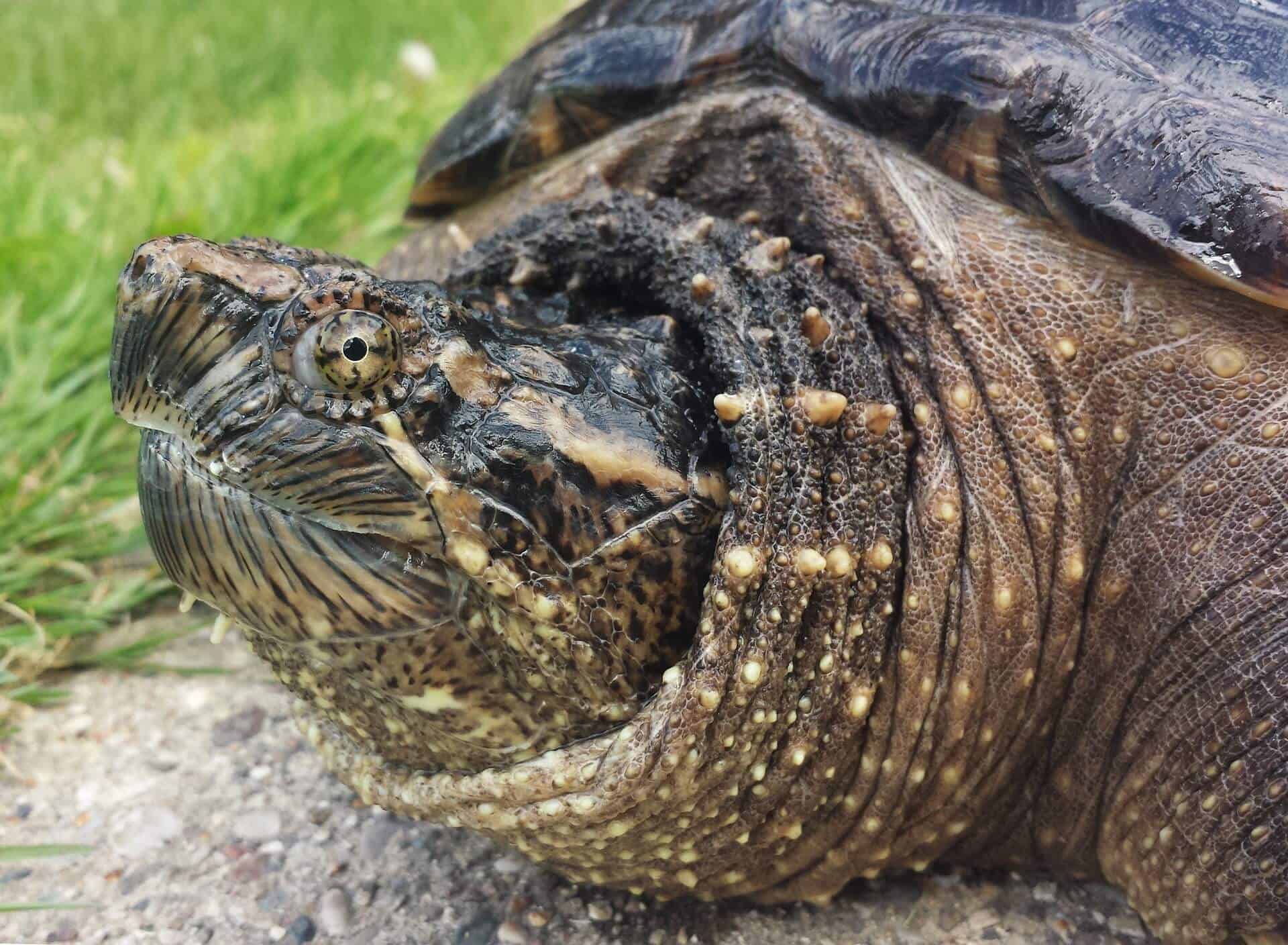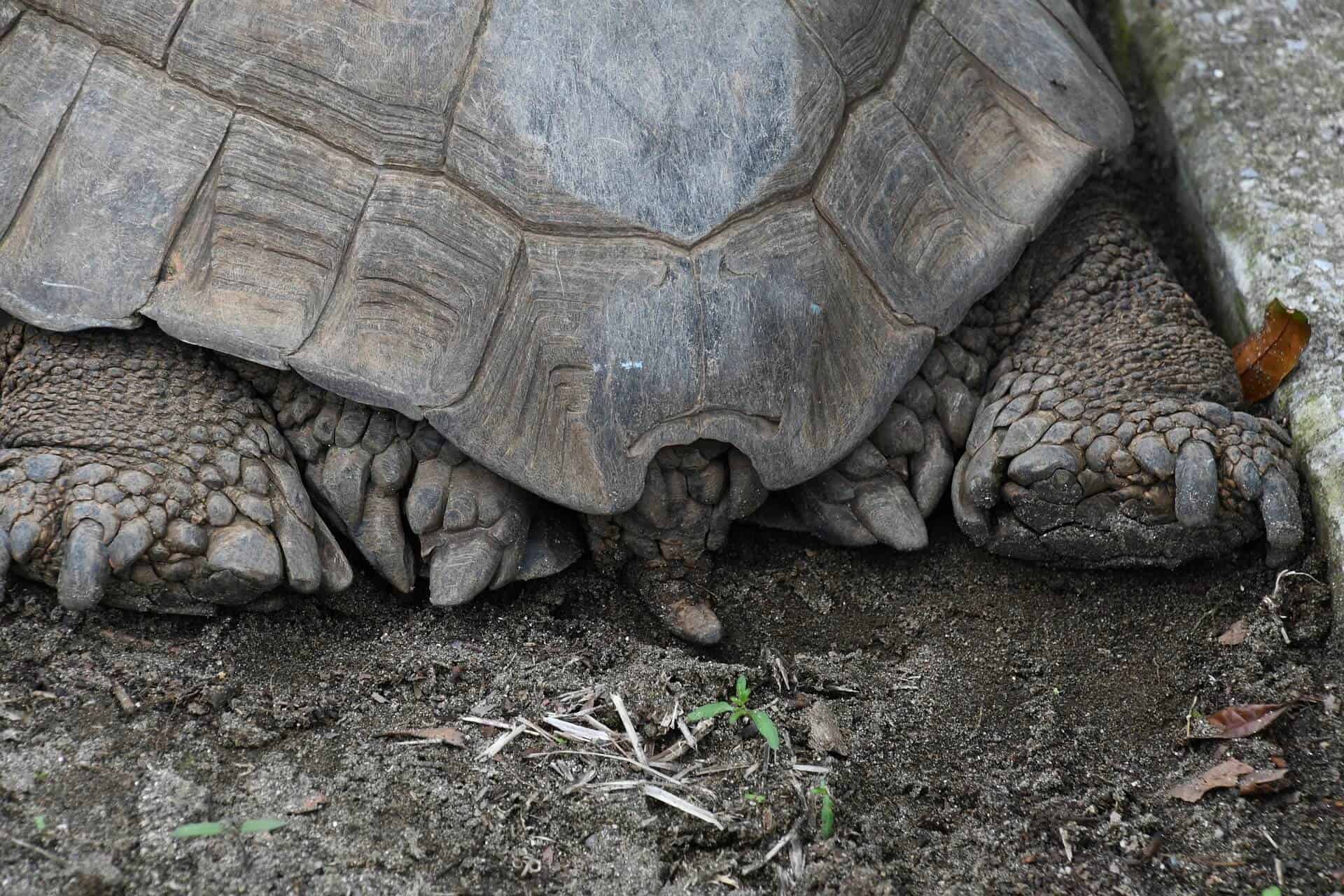I always used to think about how these insects, reptiles like lizards, tortoises, and snakes can move in their habitats without getting bruises and damaging their skin?
The way lizards adapt and survive in their habitat always fascinates me, these cold-blooded animals have many special features like they can detach their tails, chameleons can change their color to deceive the predators, Gecko have minute hairs over their feet, lizards are can swim easily for better survival.
Another fascinating thing that helps lizards in a better survival is their skin.
What is lizard skin made of?
The lizard skin has many scales and scutes at the upper surface and helps the lizards in many ways. These changes are for the better survival of the species and are the result of beneficial evolution.
Nature has made many changes in the evolutionary process of different organisms to make them capable of surviving in different conditions, the skin of reptiles has evolved according to the challenges of reptilian terrestrial life.
The reptilian skin favors the reptiles by protecting them against ultraviolet radiation, help in reducing the loss of fluids and water from the body, these changes over time paved for the better survival of reptiles and created many different types of reptilian species.
The skin of reptiles is quite dry and as compared to mammals and amphibians they have very few glands leading to more rough and dry skin.
The characteristic feature is that the epidermis layer of reptiles’ skin is highly keratinized, this keratinization of the epidermis acts as a shield to many fluids and prevents water loss. This also helps them to survive easily in complex territorial situations.
Why do lizards have scales?
- Reptiles mainly dwell in very hard and challenging territorial environments, they are exposed to many harsh surfaces and dangerous radiations like Ultraviolet rays, the reptilian scales protect them from these. The keratinized layer over the epidermis makes it possible to easily survive on harsh and dry land.
- The reptilian scales not only protect them from the harmful ultraviolet rays but acts as a shield to the reptilian skin. While moving over rough and uneven ground, climbing pointy trees, and running away in a hurry from a dangerous predator, or while catching an insect
- The scale present on the skin of the reptiles also helps them in gliding across the land, hiding on the treetops, and plays a crucial role in retaining body moisture.
- Reptilian scales are somewhat similar to our fingernails, these scales constitute a very hard substance named keratin. According to many fossil reports and studies, it’s been clear that these scales are present for thousands and thousands of years.
- The scales are of various colors and textures and like the skin, the scales are also shed off by lizards, the shedding process allows the reptiles to get a completely new skin and scales as the scales originate from the epidermis layer of the skin.
- The skin has scales but they are quite different as compared to the dermal scales present in many fishes, the scales of reptiles on the other hand are an integral part of their skin and cannot be scraped off from the skin.
- The scales are connected to the epidermis but do not have any support from the bones under the epidermis layer, these scales are usually called epidermal scales as they arise from a fold in the epidermis. The skin has these folds in the epidermis and the scales are the major constituent of lizards’ snakes.
Do lizards shed their skin like snakes?
Yes, lizards shed their skin the same as snakes do. Generally, all reptiles have the capacity to shed their skin while growing. Shedding in reptiles happens periodically throughout their lives.
The process of shedding is carried by the formation of new skin under the old skin, the skin starts to appear dull and faded during the shedding process as the old skin starts to separate and becomes dead. In many lizards, the eyes turn whitish-blue due to the accumulation of a blue color fluid between the old and new eye covering layer.
Do lizards shed their skin in one piece?
The shedding of skin depends on many factors like the surrounding environmental conditions, the health of the lizard, and its growth as well. Many lizards mostly shed in pieces.
Many lizards eat up their skin after shedding and secondly the skin from different parts of bodies is shed in different pieces.
Does it hurt when lizards shed their skin?
Shedding is a necessary function for the skin. You shed your skin, and so does your reptile. The big difference, however, is that lizards, snakes, and other reptiles shed most of their skin all at once. And that makes it a bit more uncomfortable for them than when you shed a few flakes here and there.
How long does it take for a lizard to shed its skin?
It usually takes up between a week or two for a healthy lizard to shed its skin completely. In case of a health problem or stress, lizards may take some more time to properly shed their skin.
Is it safe to help a lizard shed?
Lizards usually do not require help in shedding their skin as it is a natural process, but sometimes due to many environmental factors or due to a disease, they may require some human help.
If you find a lizard with improper shedding, helping the little creature will be the best you can do. Follow these points to learn how to help a lizard with improper shedding.
If your lizards are small, the first thing you should do is to prepare a humidity retreat box and try to slowly keep the lizard in the box.
In the case of bigger lizards soaking the lizards in a bucket or a tub of lukewarm water for 12 to 15 minutes will help, you can also gently rub their skin to help them.
Try to remove the unshed skin slowly, be cautious that the skin from their toes, dorsal crest spikes, tails, dewlaps, and other parts of the skin are completely removed. If skin from these parts is not removed completely it can cause an autoamputation of many parts of the lizard.
You can remove the leftover skin from these parts by wrapping the lizard in a warm and damp towel, after making the lizard them the next step is to wrap it in a dry towel. Leave the lizard for 5 minutes to give some air to the skin after its works on the area that has retained skin.
Do lizards eat their skin?
Yes, many lizards can eat up their skin after shedding it. The skin of these lizards is rich in a lot of minerals and other vital nutrients, eating it can provide much-needed food and nutrition the to lizard.
It is a healthy sign if a lizard eats up its skin after shedding it, many gecko lizards are expected to eat their skins after shedding.
Time of shedding
| Lizard type | Do these lizards shed their skin? | Duration |
| House lizard | Yes, house lizard shes its skin slowly and in pieces. | A healthy house lizard usually takes up 2 to 3 weeks in complete shedding of its skin. |
| Bluetongue lizards | Bluetongue lizards have a characteristic blue tongue. They also shed their skin regularly. | It usually takes 3 to 5 days for a bluetongue lizard to shed its skin. |
| Sleepy lizards | These lizards with triangular heads also shed their skins regularly. | Sleepy lizards shed their skin in 14 to 28 days. |
| Anole lizards | These green color tree-dwelling species also shed their skin frequently. | 4 to 6 weeks is the time taken by a healthy anole lizard to shed its skin completely. |
| Bobtail lizards | Yes, these short-tailed lizards shed up their skin real quick to make themselves more comfortable. | A time of 2 to three weeks |
| Alligator lizards | Yes, alligator lizards also shed their skin regularly | Generally, alligator lizards shed their skin in time of 4 to 6 weeks. |
| Monitor Lizards | Monitor lizards are very frequent when it comes to skin shedding. | Around 2 weeks or more. |
| Legless lizards | Legless lizards also shed their skin in pieces like the other lizards. | It takes around 2 to 3 weeks. |
Conclusion
The skin of an organism is the outermost covering of the body and it protects the organism from different threats and dangers of the surroundings. Different organisms have different types of skin that allow them to survive in their habitat.
The lizards live in harsh lands, uneven surfaces, and sometimes even dwell in water, their skin as per the requirements is dry and has many scales. The reptilian skin is exposed to these rough surfaces and experiences a lot of wear and tear.
To cope up with the repeated wear and tear of the skin, lizards repeatedly shed their skin and scales.

